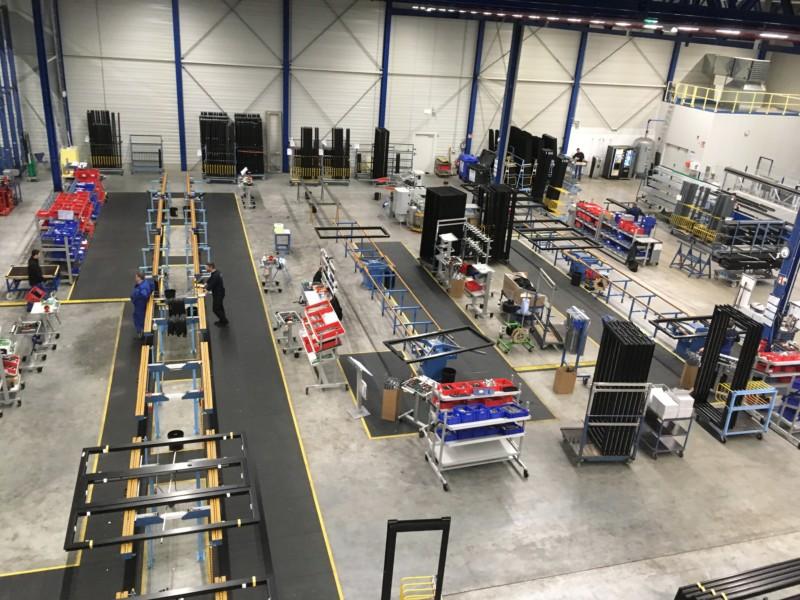Smart lighting control for industrial spaces
Wireless lighting control projects are gaining popularity in this sector owing to their proven track record of reducing energy consumption, lowering operating costs, improving safety, and providing a transparent network infrastructure that can easily scale up with minimal disruption and installation costs.
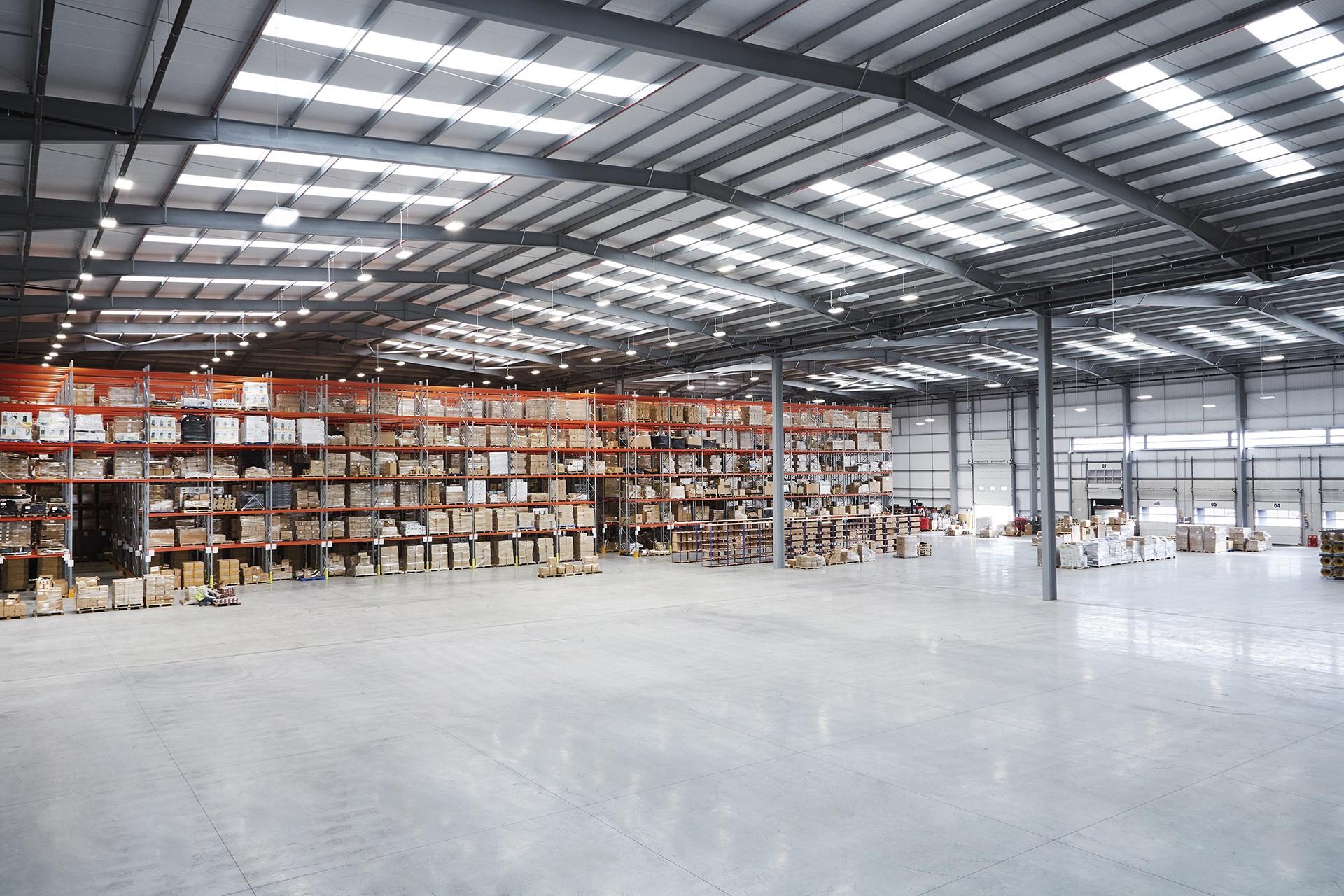
Industrial sites, crucial to the prosperity of nations, grapple with challenges tied to escalating electricity costs and the imperative to enhance sustainability in their structures. Operating 24/7, these energy-intensive facilities face the potential disruption of unplanned downtime, significantly impacting business operations. Seeking solutions to enhance productivity and resilience, reduce costs, and elevate worker well-being in adherence to occupational health and safety standards, industrial sites are exploring strategies such as overhauling lighting systems and transitioning to wireless controls, which have demonstrated effectiveness in addressing these multifaceted concerns.

According to Deloitte, unplanned downtime costs industrial manufacturers billions of lost revenues annually.
Poor lighting conditions are among the top causes of common injuries in warehouses.
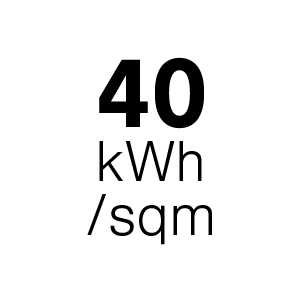
The IEA states that industrial facilities have the second-highest lighting energy consumption, behind retail.
Design considerations

Security & Robustness
Factories are high-risk places of work that often involve heavy machinery, hazardous chemicals, and high-value goods. Casambi has been deployed in mission-critical environments, where reliability and security of communication are critical. Our system is robust in design and has been certified as cyber-secure in accordance with global standards.
Flexibility & Scalability
When disrupting facility operation is simply not an option, Casambi comes into its element. Freed from the physical constraints of wiring, any additions or changes to lighting control installations can be easily implemented in the Casambi App. It’s possible to add or remove luminaires and introduce new functionality and custom-made scenes at any time. It’s all done in the software, at any time, from anywhere.

Long lifespan
Long lifetime is especially important when new lighting designs are taken into use in warehouses, workshops, or manufacturing areas. Over-the-air programming allows us to push new security, software features, and additional functionality out to the entire fleet of installed devices at once. It’s this software-driven mechanism that allows for constant and fast evolution, reacting to real market needs and more importantly, extending the lifespan of installed devices.

Great User Experience
Catering to highly localized lighting needs across a large site – where one size does not fit all – is paramount to industrial workforce health and safety. Facilities management and workers can enjoy greater control over lighting via the Casambi App. Adjustments to color temperature, lighting colors, dimming, and individual tuning can easily be made to meet individual or group needs.

According to Aurora, an additional 40% can be saved on industrial lighting bills by adding wireless controls and sensors to LED fixtures.

Saffron reported an annual CO2 emissions reduction of 240 tons after installing Casambi.

Alertness increases by a quarter simply by switching to a cooler color temperature.
All the features needed for modern lighting control

Non-disruptive installation and rapid commissioning
Wireless lighting can be installed without causing factory downtime, and can be commissioned remotely from an app.

Environmental monitoring
Connected lighting can be used as an onramp for other applications such as air quality control, dangerous gas leak detection, or noise pollution monitoring.

Easily retrofittable
Wired installations can be expanded wirelessly and upgraded to include occupancy and daylight sensors.

Occupancy detection
Sensors can detect motion to indicate the presence of a person and automatically turn on lights only when they are needed.

Task tuning
Lighting can be adjusted to the optimal level for individual task areas improving worker safety and saving energy across a site.

Human-centric lighting
As light can affect human circadian physiology, smart lighting can be programmed to follow worker sleep cycles to positively affect health, alertness, and productivity.

Wireless emergency lighting
Such a system minimizes physical equipment and power containments, keeps ceilings clear, and allows the end user to run remote and automated system testing.

Anomaly detection
Remote monitoring, automated fault detection, testing, and predictive maintenance eliminate the need for patrols and the cost of expensive maintenance callouts.
“It is always very rewarding seeing a client’s expectations being exceeded. Delivering a solution that meets their objectives whilst achieving a high return on investment – realised soon after project completion – is an excellent result. This is always achievable when combining LED and smart technology,”
Paul McGregor, Key Account Manager, Aurora Project Lighting

Ready to level up your lighting with Casambi?
Discover Casambi’s key features in this concise overview covering the Casambi Mesh, interoperability, hardware, network types, security, functionality & more!
Video tutorials

In this video, we’ll present a brief overview of the features available in the original Casambi App.

In this video, we’ll take you through the installing of the Casambi App and adding your Casambi enabled luminaires to Casambi network.

In this video, we’ll explain how to create a new Casambi network.




